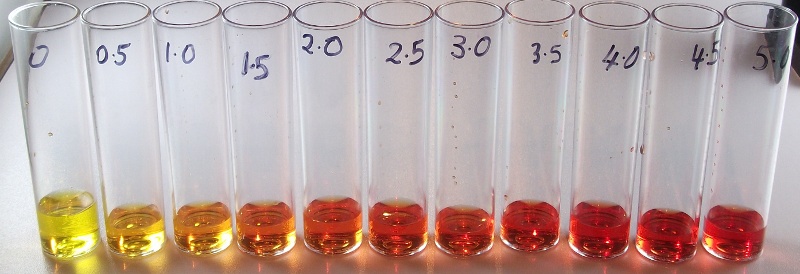Randy,
I'm currently in the process of setting up a sulfur reactor and documenting the results. Through my own research I've found a lacking of information to sulfur denitrification, especially in focus of aquariums. Many reaction equations I've found vary vastly from each other and exclude products in the reduction reactions. I would like to compile an in depth article regarding the chemistry and stoichiometry of the denitrification reaction. I was wondering if you would be willing to answer some chemical based questions as I collect and research my data and open a private message dialog with me.
I'm currently in the process of setting up a sulfur reactor and documenting the results. Through my own research I've found a lacking of information to sulfur denitrification, especially in focus of aquariums. Many reaction equations I've found vary vastly from each other and exclude products in the reduction reactions. I would like to compile an in depth article regarding the chemistry and stoichiometry of the denitrification reaction. I was wondering if you would be willing to answer some chemical based questions as I collect and research my data and open a private message dialog with me.














